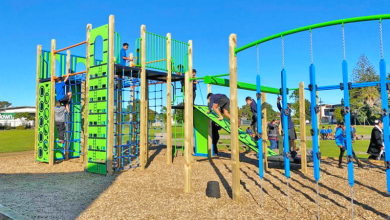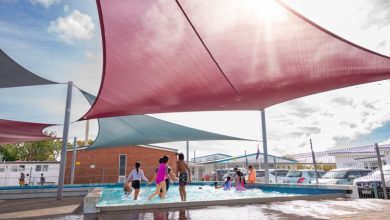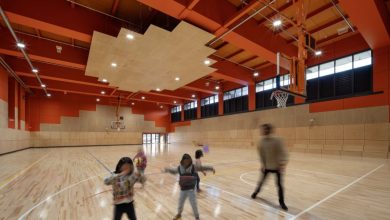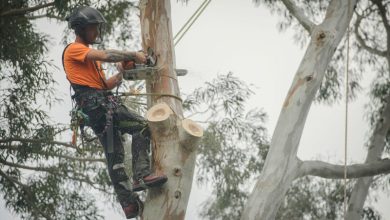Class act acoustic design
Clear, balanced acoustics help facilitate clear communication and effective learning.
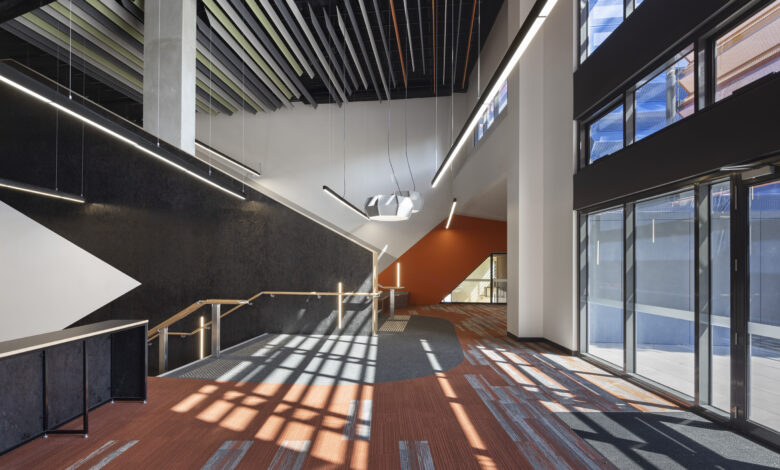
Acoustics go beyond noise. Acoustic design considers how sound travels around a room: whether in the classroom, library, gymnasium or music hall, sound quality makes all the difference as poor acoustics affects learners’ speech comprehension, concentration, behaviour, academic attainment, and wellbeing.
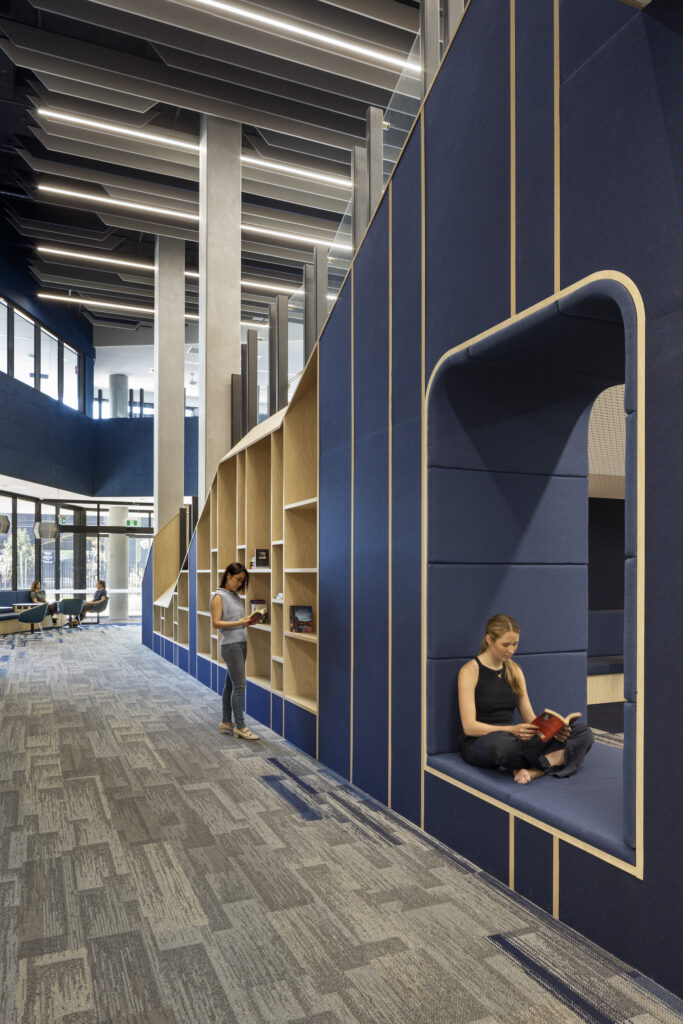
Several studies have shown that poor classroom acoustics negatively affect the teaching and learning process, especially in earlier grades.
For instance, research by Astolfi et al published in a 2019 issue of Frontiers in Psychology found that “long reverberation times, which are associated with poor classroom acoustics as they generate higher noise levels and degraded speech intelligibility, bring pupils to a reduced perception of having fun and being happy with themselves”.
Focused on the experiences of six- and seven-year-old learners, the study also linked “bad classroom acoustics” to “increased perception of noise intensity and disturbance, particularly in the case of traffic noise and noise from adjacent school environments”.
Our new print magazine is out now! Click here to read online.
The two major culprits behind bad classroom acoustics
Background noise can come from external sources, such as cars, lawnmowers, sirens, and thunder, as well as from within the building such as students shouting in a hallway, humming computer equipment, air conditioning units, and the ruckus of inflexible furniture being moved around.
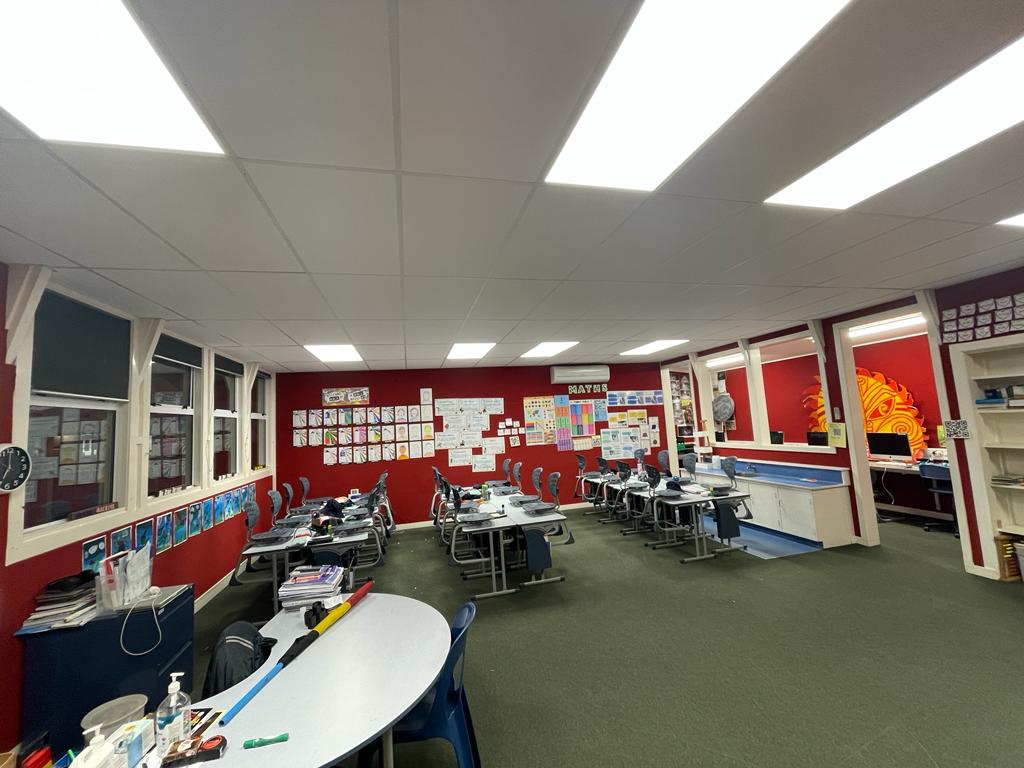
Background noise in New Zealand classrooms generally ranges between 28 – 60 dB, according to The Oticon Foundation. The Ministry of Education currently requires that ambient noise levels in a classroom, or flexible learning space, should not exceed 35 – 45 dB.
Meanwhile, reverberation sounds can bounce off desks or walls and if several sounds are doing this at once, they can be hard to decipher. However, there are several steps schools can take to reduce background noise and reverberation in any space used for learning. Here are some simple solutions we gathered from the sector:
- Add rugs or a carpet to the room.
- Install curtains or blinds in the windows.
- Hang soft materials, such as felt or corkboard on the walls.
- Place tables at angles around the room instead of in rows.
- Turn off any noise-creating equipment when not in use.
- Replace noisy light fixtures and fittings.
- Add dividing screens.
- Place soft tips on the bottom of chairs and tables to reduce the screech effect.
For a more permanent solution, adaptations to ceilings and floors can be made or incorporated into new classroom design.
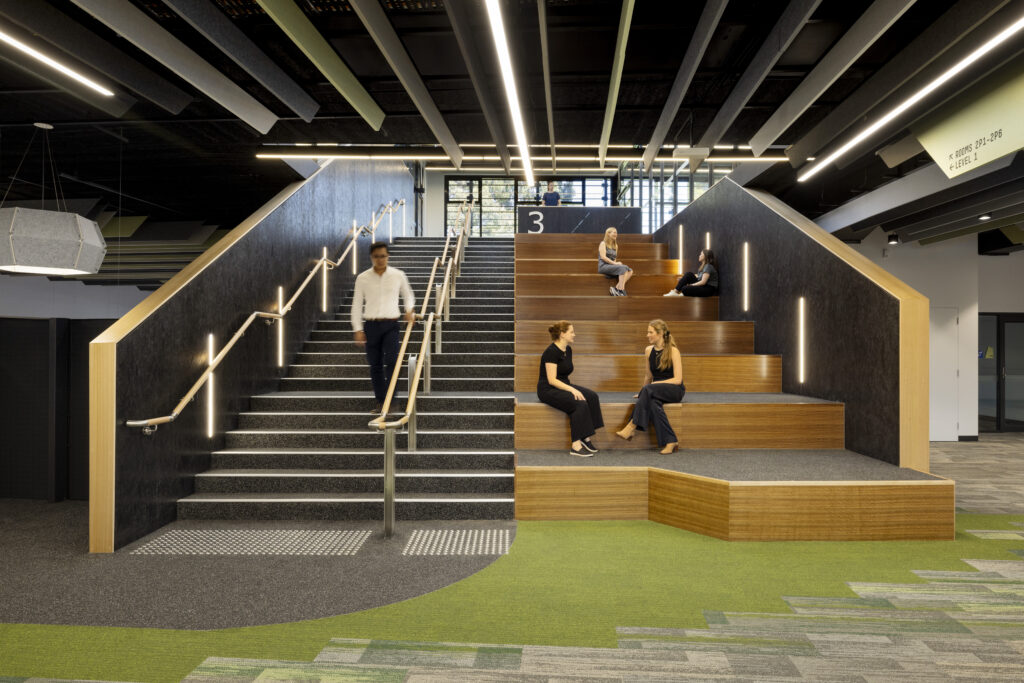
Developments in research at AUT, for example, have discovered intelligent algorithms that can interpret sound waves, categorise sound activity, and calculate the required rotation of classroom louvres so reverberation is optimised in real time.
If a rebuild is in your budget, the sky (or the ceiling) is the limit!
Industry Viewpoints: Aesthetic Refurbs to Reduce Reverb
“Modern teaching spaces are often a series of interconnected spaces and, as such, there is greater volume and less available surface area. Because of this, many acoustic consultants believe we can no longer apply too much absorption in these spaces; instead, as many surfaces as possible should have acoustic treatments applied.
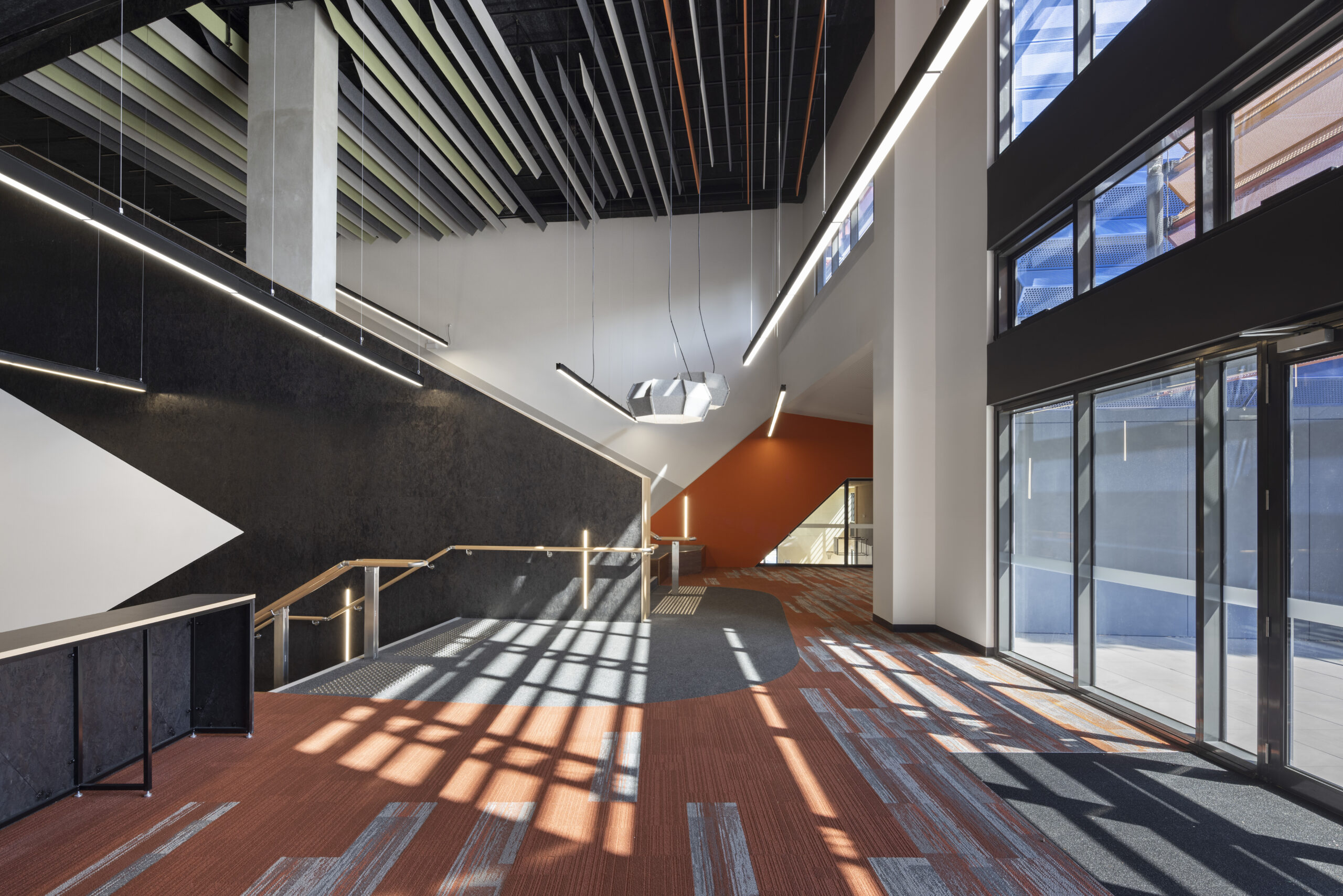
“Ceilings must be acoustically absorbent and, ideally, also assist in reducing external environmental noise from interfering with learning. This means solid linings that do not allow noise to flow through them are essential. After all, if water can leak through, so can sound. The solution is often that solid plasterboard is fitted with acoustically absorbent material to reduce outside noise, and fins, baffles, or clouds are suspended to soak up noise generated inside the space.
For walls, a good rule of thumb is to ensure that at least one opposing surface is acoustically treated, particularly when adjacent to glazed panels or other reflective surfaces.
In terms of retrofit acoustics, “attention should be paid when choosing to simply remove walls to create an open plan space as they are acoustically troublesome and are different from purpose-designed, connected spaces better able to incorporate higher functioning zoned spaces through non-uniform geometry”.
For new and retrofit projects, specialists can supply examples and case studies with design ideas and working evidence that the products perform as intended.
“First, schools should consult the Ministry of Education’s Designing Quality Learning Spaces (DQLS) – Acoustics documentation and seek sound advice.
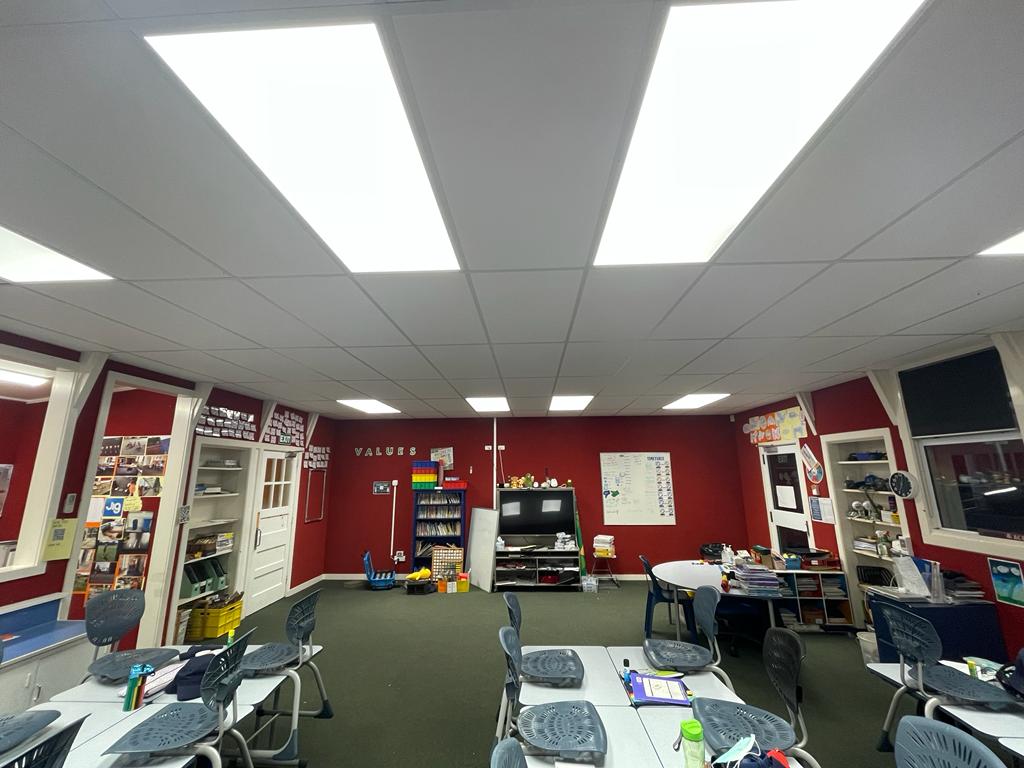
“Second, to manage the reverberation time across all frequencies they should use a 40-50mm thick acoustic ceiling panel, maximise coverage and don’t rely on thin carpet and wall coverings which are not sufficient by themselves.
Third, when investing in acoustic upgrades of classrooms they should consider buying NZ made panels with high local content, low carbon footprint and environmental accreditation.
Space requirements are pivotal when it comes to retrofitting school acoustics: “Having a balanced reverberation time response from low to high frequencies is the goal of the 2020 DQLS – Acoustics.
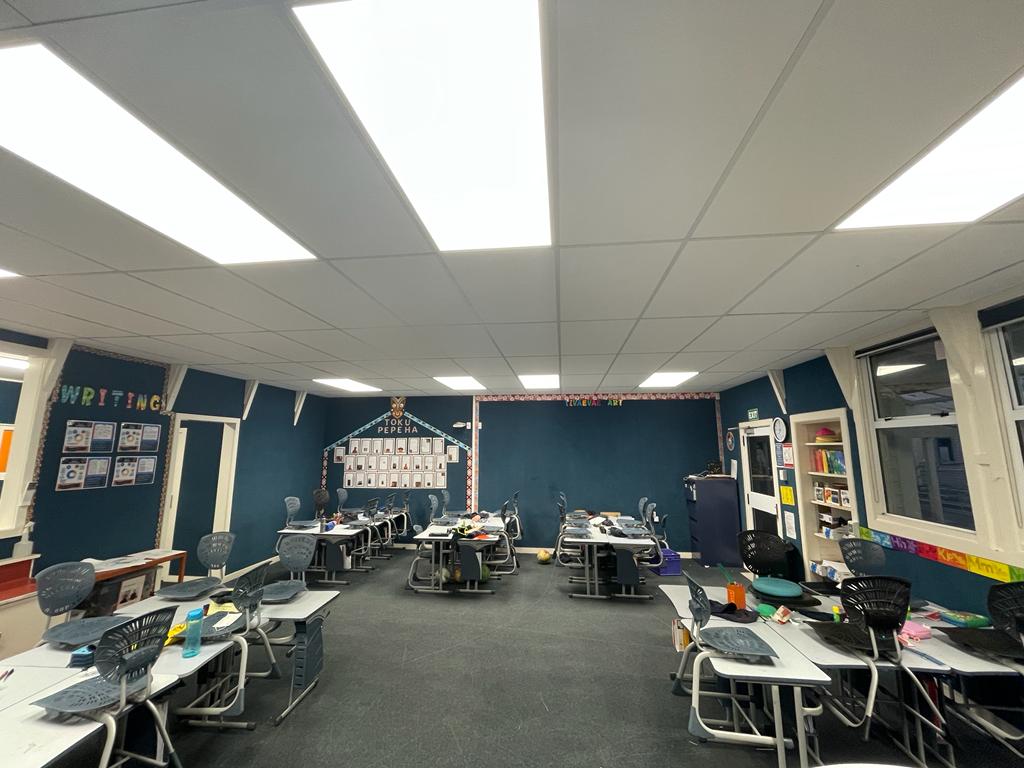
“Under the DQLS – Acoustics, all schools under MoE are required to meet standards whether new build or retrofitting. The general recommendation is to engage an Acoustic Engineer.”
Moreover, “as we move from remote learning back into learning spaces, we need to be very mindful of moving from a quiet home environment to a full class of 30+ voices. The transition back to the office or classroom after working from home has been significant for all of us and we must consider calming and balanced environments, so acoustic balance is fundamental.”


